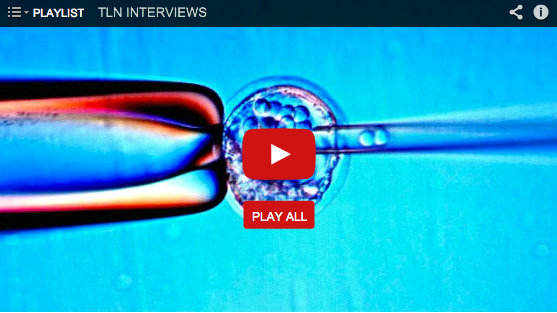
At Stem Cell Institute, stem cells can be implanted four ways depending on each subject’s ailment and physical condition. Subjects typically receive between 3 and 16 stem cell applications during the course of an entire clinical investigation protocol.
Intrathecal (lumbar puncture)
Intrathecal administration is ideal for adult neurological conditions because the stem cells are injected directly into the spinal fluid past the blood-brain barrier. This enables them to reach the spinal cord and brain.
During the lumbar puncture procedure, an experienced anesthesiologist injects the stem cells into the spinal canal through the lower vertebrae under local anesthesia. All lumbar puncture procedures are performed in a positive airflow room under sterile conditions. Once inside the spinal fluid, the stem cells are able to gain access to the spinal cord and into the brain.
Lumbar puncture usually takes about 30 minutes.
Intravenous (IV)
The safest and simplest method for delivering the stem cell throughout the body. Anesthesia is not required but light anesthesia can be administered if necessary.
IV administration usually takes about 20 – 30 minutes.
Intra-articular (into the joint)
The stem cells are injected directly into the affected joint by a licensed physician. This method is commonly used for arthritis. Intra-articular implantation is quite safe and does not require anesthesia.
Intramuscular
The stem cells are injected directly into the muscle. Intramuscular implantation is very safe and does not require anesthesia.
All treatments are performed by Medical Doctors.

